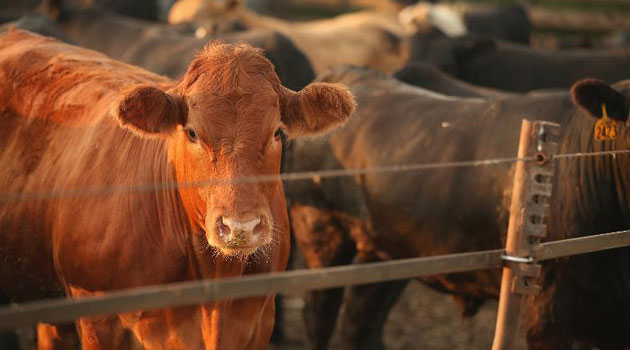Australia’s federal government has announced the lifting of long‑standing biosecurity restrictions on beef imports from the United States, a move that not only ends one of the Trump administration’s key trade grievances but also helps pave the way for easing U.S. tariff tensions.
Agriculture Minister Julie Collins revealed that after a decade‑long, science‑based review, the Department of Agriculture, Fisheries and Forestry determined that enhanced U.S. tracing systems now sufficiently manage biosecurity risks, even for cattle born in Canada or Mexico but processed in the United States.
Australia originally imposed sweeping bans on U.S. beef in 2003 following a mad cow disease outbreak. While restrictions were partially relaxed in 2019 to allow imports of beef from cattle born, raised and slaughtered in the U.S., most U.S. imports remained blocked due to concerns over complex North American livestock movements.That changes as of July 28, when permit applications open to allow broader U.S. beef access.
While the federal government insists the decision is grounded in rigorous science and does not compromise Australia’s tough biosecurity standards, opposition voices have raised concerns.
Nationals leader David Littleproud called for transparency, claiming the rule change may have been traded away to appease President Trump, and demanded an independent review of the scientific basis.
Queensland’s Agriculture Minister Mark Furner similarly expressed dismay, saying state producers who supply nearly half the nation’s herd were blindsided and deserved full consultation.
Industry reaction has been measured. Cattle Australia chief executive Will Evans conveyed cautious optimism, asserting that although the decision allows theoretical market access, it is unlikely to lead to a flood of U.S. beef imports given Australia’s strong domestic supply, higher U.S. beef prices, and consumer preference for local products.
Livestock analysts echoed this, with some stating they would be “gobsmacked” if even a single pound of American beef arrived in Australian stores over the next three years.
This policy shift follows the Trump administration’s imposition of a 10 percent tariff on Australian exports in April, marking U.S. beef restrictions as a major irritant in bilateral trade relations.
In Washington, President Trump’s team, including Agriculture Secretary Brooke Rollins, hailed the decision as a symbolic and strategic victory for American agriculture, while critics cautioned that it may reflect diplomatic leverage rather than purely scientific.
Biosecurity advocates emphasize that Australia’s decision aligns with its commitment to evidence‑based trade policy, although scrutiny remains high. Analysts note the primary benefit is political: the move removes one hurdle in negotiations over U.S. tariffs on steel, aluminum, and pharmaceuticals.
The extent to which it secures concessions from Washington will likely be tested during upcoming diplomatic talks between Prime Minister Anthony Albanese and President Trump.
Australia produced a record 2.57 million tonnes of beef in 2024, exporting the majority globally. The U.S. remains its single largest overseas market. Meanwhile, only around 25,000 tonnes of Australian beef have entered the U.S. this July despite the new tariff regime underscoring reciprocal market interdependence.
While the decision signals Australia’s willingness to adapt to evolving global trade dynamics, its actual impact on domestic grocery shelves and on the outcome of broader U.S.–Australia trade negotiations will unfold over the coming months.
Written By Ian Maleve



















